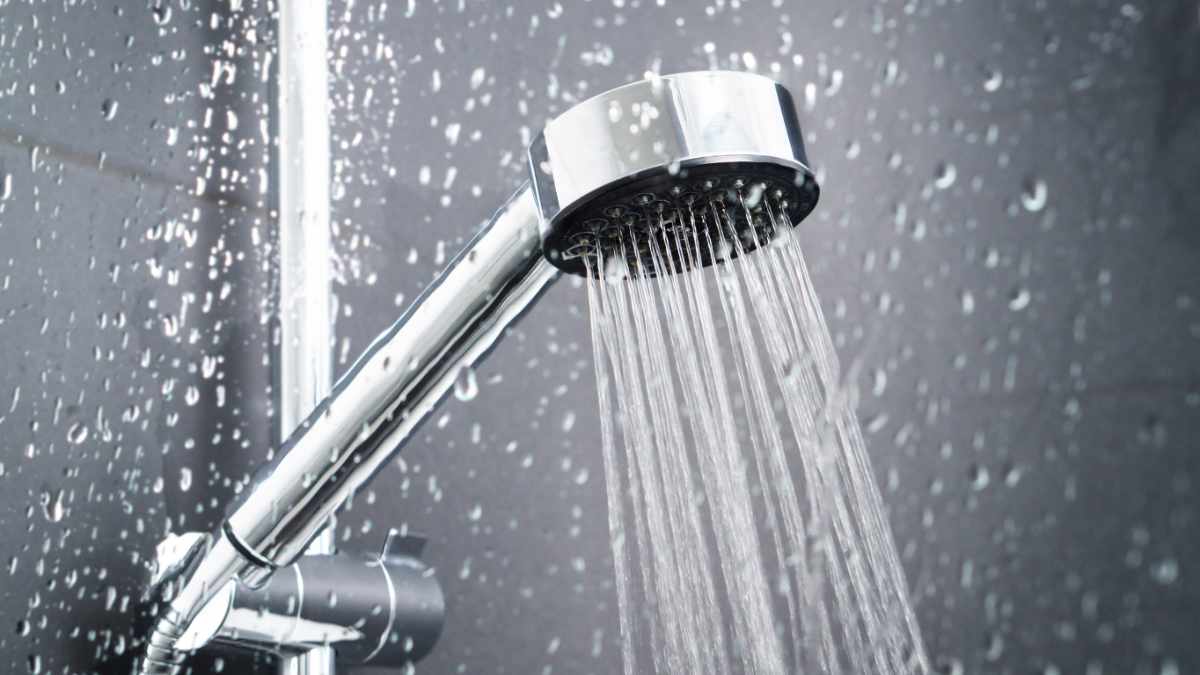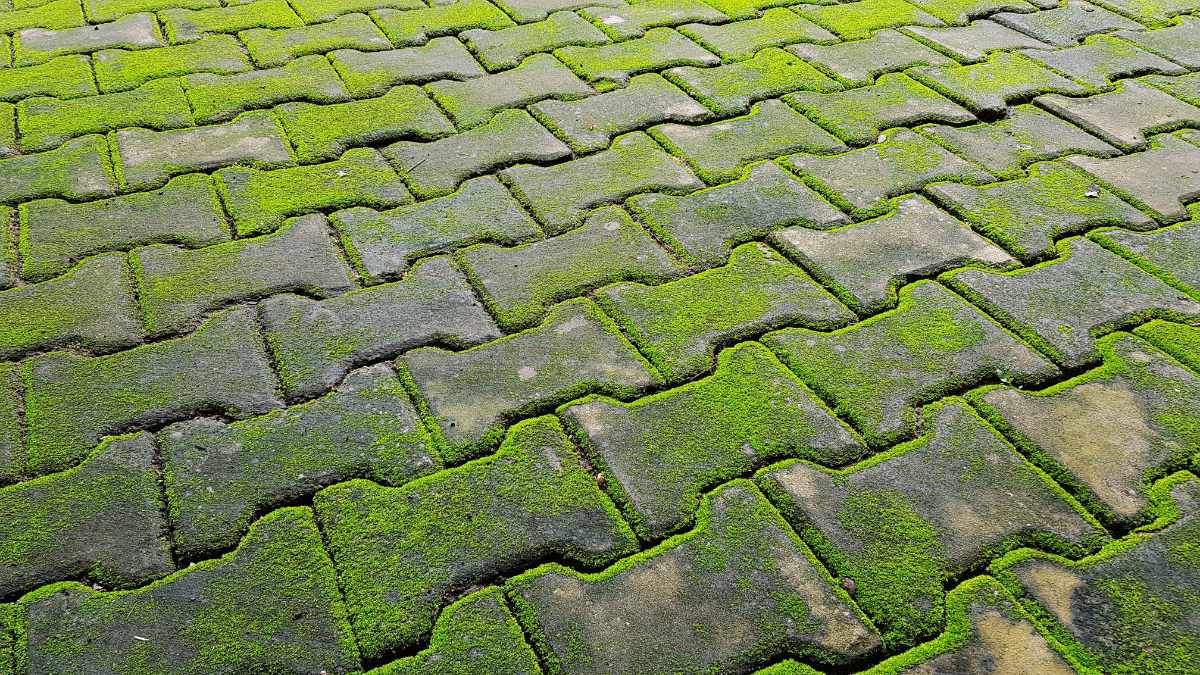Quality matters when hiring for a big project. Call a Five Star Rated professional now!
Pests have a way of getting into just about any area of the home. Whether you’re dealing with spiders, roaches, or mice, it’s important to understand the realities of pest control. Check out our guide to pest control safety to help you make the best decisions for your lifestyle.
Pest Prevention
Before we talk about the potential safety issues of pest control, let’s discuss something more important – prevention. It’s far easier to prevent pests from invading your home than it is to eradicate them once they’ve established themselves.
There are quite a few steps to adequate prevention, but really, it boils down to keeping your home as clean as possible, not leaving food out or open, decluttering on a regular basis and closing off access from the outside that pests could use to get into the home. With all of that being said, sometimes pests still find their way into the home and you need to know how to get them out.

Pest Control Safety Concerns
It’s important to note that there is no pest control method that is completely safe and nontoxic. Even “green” methods are designed to kill pests, with some level of toxicity to humans and their pets. Again, preventative measures are always safer than eradication.
Over-the-counter, consumer-grade pest control options are usually less toxic than professional grade, but also less effective. This means you may not see a complete eradication of pests with the first application. Traps and baits are usually the safest of consumer-grade pest control methods because the poison is contained within an enclosed space and unable to be accessed or spread around the home.
Sprays are less safe and foggers are the least safe of all. If you decide that your pest problem is severe enough to warrant the use of foggers, note that it is never safe to use foggers in a home with people or pets present. Be sure exposed items are covered, such as furniture and cabinets to prevent contamination.
If you choose to go the DIY route, make sure to read the warning and use labels very carefully and take your own health and physical capabilities into account. Manufacturers usually spell out exactly how their product is designed to be used in order to prevent harm to adults, children, or pets in the household.
Working With a Pest Control Professional
If you have a serious pest problem and prevention hasn’t helped, consider working with a professional. Ideally, they will use low-toxicity pest control methods and provide you with a customized plan based on an expert inspection and evaluation of your property.
Talk with a pest control professional about the products they use and your safety concerns. In some cases, you may be able to opt for less-toxic substances if you’re concerned about safety and health.

You also need to understand that even professional pest control methods will not always prevent insects and rodents from returning. Ensure that you’re practicing prevention methods to eliminate factors that attract pests in the first place. Visit FiveStarRated.com today to find a qualified professional in your area.




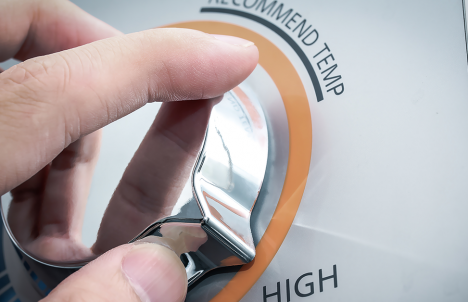
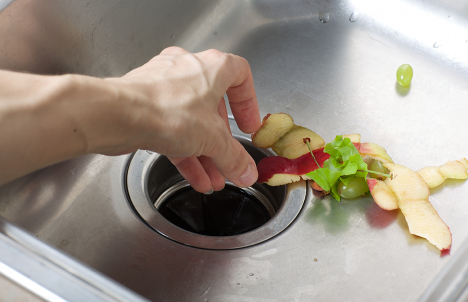
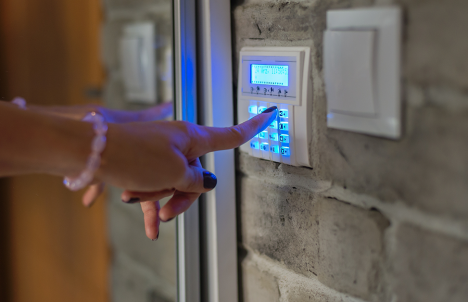



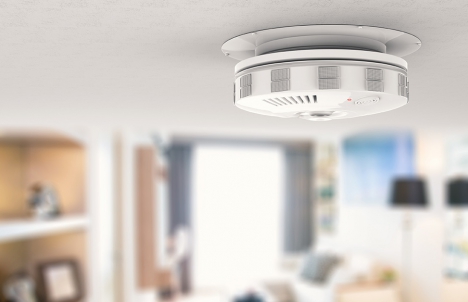


 Top Categories
Top Categories




